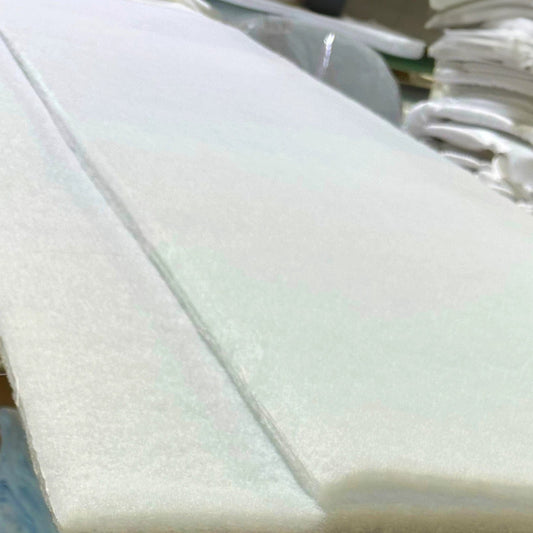Aquamation Explained In Simple Terms.
You might have come across the term “water cremation” or its scientific-sounding name “alkaline hydrolysis.” Both of these terms refer to the process of liquid cremation, also known as “aquamation.” Aquamation is basically the process of breaking down the body’s tissues with the help of water, heat, and alkaline chemicals.
Comparing The Cost And Availability Of Aquamation To Cremation.
1. Aquamation is much heavier on the pocket compared to Cremation
Aquamation systems cost thousands of dollars and the demand for them isn’t proportionately high which drives up the prices for the end consumer. The prices may get lowered in the future if aquamation gains enough popularity. The average cremation costs $1,600 whereas aquamation is in the range of $2000-$3000.
2. Aquamation isn’t easily available in all States, whereas cremation has no availability issues.
Aquamation is now available in the following states: Alabama, Connecticut, Colorado, Delaware, Florida, Georgia, Kansas, Idaho, Illinois, Maryland, Massachusetts, Minnesota, Missouri, Nevada, North Dakota, Oregon, Utah, Vermont, Washington, Washington, D.C., and Wyoming. Please keep checking for updates in the list.
Comparing The Technical Differences Between Aquamation And Cremation.
1. Aquamation doesn’t require the removal of Pacemakers whereas they need to be removed before Cremation
In case your loved one has a pacemaker; you must inform the funeral home before cremation since there’s a risk of the pacemaker exploding during the cremation process. There is no such requirement in aquamation.
2. Aquamation releases soft tissues into the water, whereas cremation into the air.
During cremation, soft tissues get vaporized, oxidized, and then released into the atmosphere. These emissions can be harmful if the deceased’s body contains mercury fillings since mercury becomes a toxic gas upon heating. But if mercury isn’t present, then the emissions are safe.
On the other hand, during aquamation, oxygen, carbon, nitrogen, and other elements are released into the water. These soft tissues are safe for the water system.
What Families Need To Know While Deciding Between Aquamation And Cremation.
1. You need to buy a temporary casket for cremation, whereas it isn’t needed for aquamation.
During aquamation, the body is stripped of all regular clothes, however, wool or silk burial shrouds may be allowed, before being kept in the water chamber.
During cremation, the body is placed in a combustible, cardboard casket which the family has to pay for.
2. You’ll require a larger cremation urn for aquamation than cremation.
Since there are 20% to 30% more remains after aquamation than cremation, you’ll require a much bigger urn to keep them.
3. Some families perceive Aquamation as undignified and prefer cremations.
People opposed to aquamation, often object that it is a process of “liquifying a body,” which is seen as disrespectful treatment of a human body. Proponents of aquamation point out its similarity with cremation since, in the end, pulverized bone fragments are what’s left behind in both processes.
4. Some families aren’t comfortable with cremations and prefer Aquamation.
This is a matter of opinion and preference. Some people are scared of fire or are spiritually inclined towards the water and for these reasons they prefer aquamation.
Basic Differences Between Aquamation And Cremation.
1. There’s a major color difference between the ashes from Aquamation and Cremation.
The remains after Aquamation are usually white and have the texture of a powder whereas remains after cremation are usually gray and have the texture of coarse sand. Regardless of the difference between the ashes, you would definitely be requiring a cremation urn. At Titan Casket, you can find various designs of cremation urns to keep your loved one’s ashes. The urns are available in multiple sizes, materials and colors.
2. Aquamation is more environmentally friendly than cremation.
Since there’s no risk of heated mercury or toxic gases being released, as well as the fact that aquamation uses one-seventh of the energy of cremation, they are considered more environmentally friendly than cremation.
3. Cremations are shorter than Aquamation.
The aquamation process takes six to eight hours and even 18 to 20 hours, at times. On the other hand, cremations take only two hours.
4. Aquamation is a fairly recent method, whereas Cremation has been around for centuries.
It was in 2011, that the first Aquamation facility opened in the US. On the other hand, cremations started in the US in the late 1800s, and even centuries before this, in other parts of the world.

![Upgrade to Premium Weight [18-gauge steel]](http://titancasket.com/cdn/shop/products/casketthicknesswithnumbers.png?v=1680642906&width=533)



